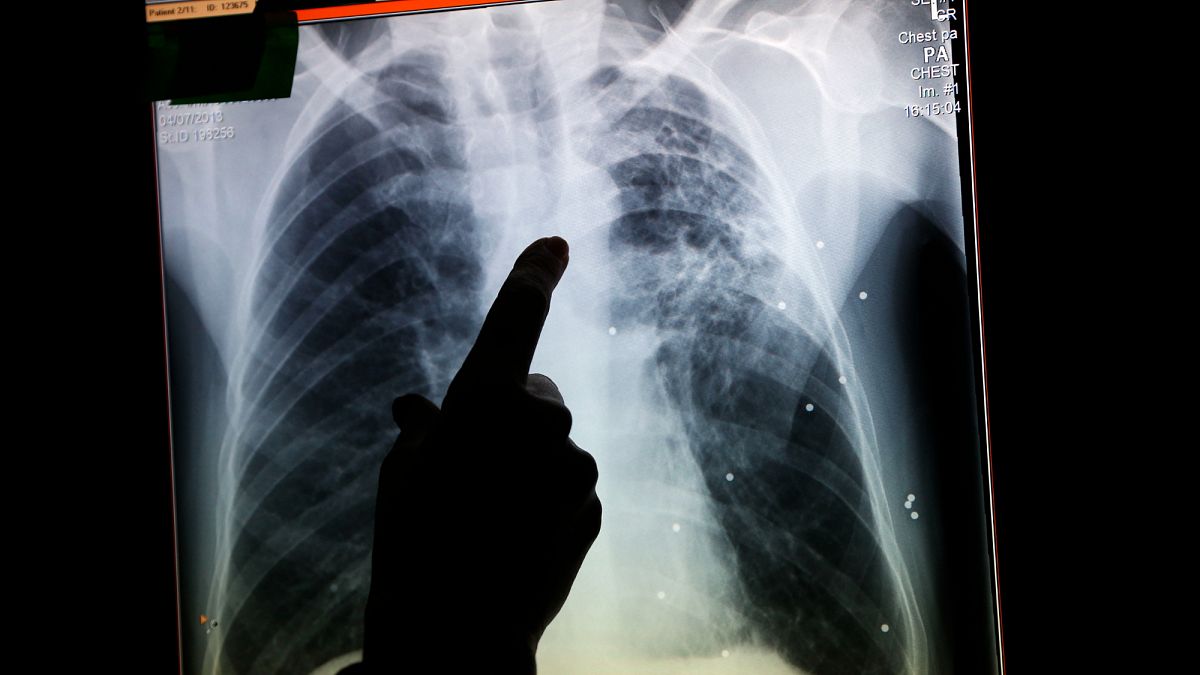1 2 3 Pune: The city experienced a spike in minimum temperatures on Saturday, with Lohegaon recording 25.3°C, over 5 degrees higher than normal. This rise in nighttime temperatures, combined with daytime highs over 40°C and humidity, has increased the overall discomfort in Pune.
According to the latest weather update, Shivajinagar recorded a minimum temperature of 22.5°C, which is 2.1 degrees above normal, while Magarpatta stayed at 25.

8°C and Koregaon Park at 25.2°C. "The persistently high minimum temperatures are concerning because they don't allow the body to recover from daytime heat exposure," public health expert Dileep Mavalankar from Indian Institute of Public Health, Gandhinagar, told TOI.
At 3pm on Saturday, Pune's real-feel temperature reached 40°C according to a private weather forecaster. In the morning, Lavale recorded 100% relative humidity and Shivajinagar logged 51%. According to the IMD, Shivajinagar recorded a maximum temperature of 39.
4°C, which is 1.4 degrees above normal. Other areas in the city recorded even higher temperatures, with Lohegaon reaching a scorching 42.
5°C (4.5 degrees above normal) and a minimum of 25.3°C (4.
9 degrees above normal). IMD-Pune scientist SD Sanap said, "There has been moisture incursion with a rise of 5-10% in relative humidity. Earlier, a trough had extended from North Madhya Maharashtra to Comorin area.
It extended from northeast Vidarbha to Comorin area causing moisture incursion on Saturday." Abhijit Modak, independent weather forecaster, said, "Pune is already experiencing temperatures averaging about 2°C above what's typical for this time of year for the city. This sustained period of heat has also caused the night-time lows to creep up, also sitting around 2°C above normal.
This is because the accumulated heat during the day doesn't dissipate as much overnight." Now, when we look specifically at Lohegaon, which falls in the eastern suburbs of Pune, the geography plays a significant role in its warmer temperatures. "Lohegaon tends to be hotter because of its arid and rocky terrain with less green cover.
In contrast, western Pune is cooler due to its surroundings, which include agricultural land, dam backwaters and the Western Ghats, acting as a natural buffer to regulate temperatures," Modak said. Rohini Patwardhan of Kothrud said she had been in Pune for over 15 years, and never felt such discomfort during April. "The combination of heat and humidity makes it unbearable, especially at night when we're trying to sleep," she said.
Prakash Joshi, a Shivajinagar resident, said, "The electricity bill has skyrocketed because we need to keep fans and ACs running even at night. The nights used to be cooler in Pune, but that seems like a distant memory now." Pune: The city experienced a spike in minimum temperatures on Saturday, with Lohegaon recording 25.
3°C, over 5 degrees higher than normal. This rise in nighttime temperatures, combined with daytime highs over 40°C and humidity, has increased the overall discomfort in Pune. According to the latest weather update, Shivajinagar recorded a minimum temperature of 22.
5°C, which is 2.1 degrees above normal, while Magarpatta stayed at 25.8°C and Koregaon Park at 25.
2°C. "The persistently high minimum temperatures are concerning because they don't allow the body to recover from daytime heat exposure," public health expert Dileep Mavalankar from Indian Institute of Public Health, Gandhinagar, told TOI. At 3pm on Saturday, Pune's real-feel temperature reached 40°C according to a private weather forecaster.
In the morning, Lavale recorded 100% relative humidity and Shivajinagar logged 51%. According to the IMD, Shivajinagar recorded a maximum temperature of 39.4°C, which is 1.
4 degrees above normal. Other areas in the city recorded even higher temperatures, with Lohegaon reaching a scorching 42.5°C (4.
5 degrees above normal) and a minimum of 25.3°C (4.9 degrees above normal).
IMD-Pune scientist SD Sanap said, "There has been moisture incursion with a rise of 5-10% in relative humidity. Earlier, a trough had extended from North Madhya Maharashtra to Comorin area. It extended from northeast Vidarbha to Comorin area causing moisture incursion on Saturday.
" Abhijit Modak, independent weather forecaster, said, "Pune is already experiencing temperatures averaging about 2°C above what's typical for this time of year for the city. This sustained period of heat has also caused the night-time lows to creep up, also sitting around 2°C above normal. This is because the accumulated heat during the day doesn't dissipate as much overnight.
" Now, when we look specifically at Lohegaon, which falls in the eastern suburbs of Pune, the geography plays a significant role in its warmer temperatures. "Lohegaon tends to be hotter because of its arid and rocky terrain with less green cover. In contrast, western Pune is cooler due to its surroundings, which include agricultural land, dam backwaters and the Western Ghats, acting as a natural buffer to regulate temperatures," Modak said.
Rohini Patwardhan of Kothrud said she had been in Pune for over 15 years, and never felt such discomfort during April. "The combination of heat and humidity makes it unbearable, especially at night when we're trying to sleep," she said. Prakash Joshi, a Shivajinagar resident, said, "The electricity bill has skyrocketed because we need to keep fans and ACs running even at night.
The nights used to be cooler in Pune, but that seems like a distant memory now.".














.jpg?auto=webp&crop=3%3A2&width=1200)
